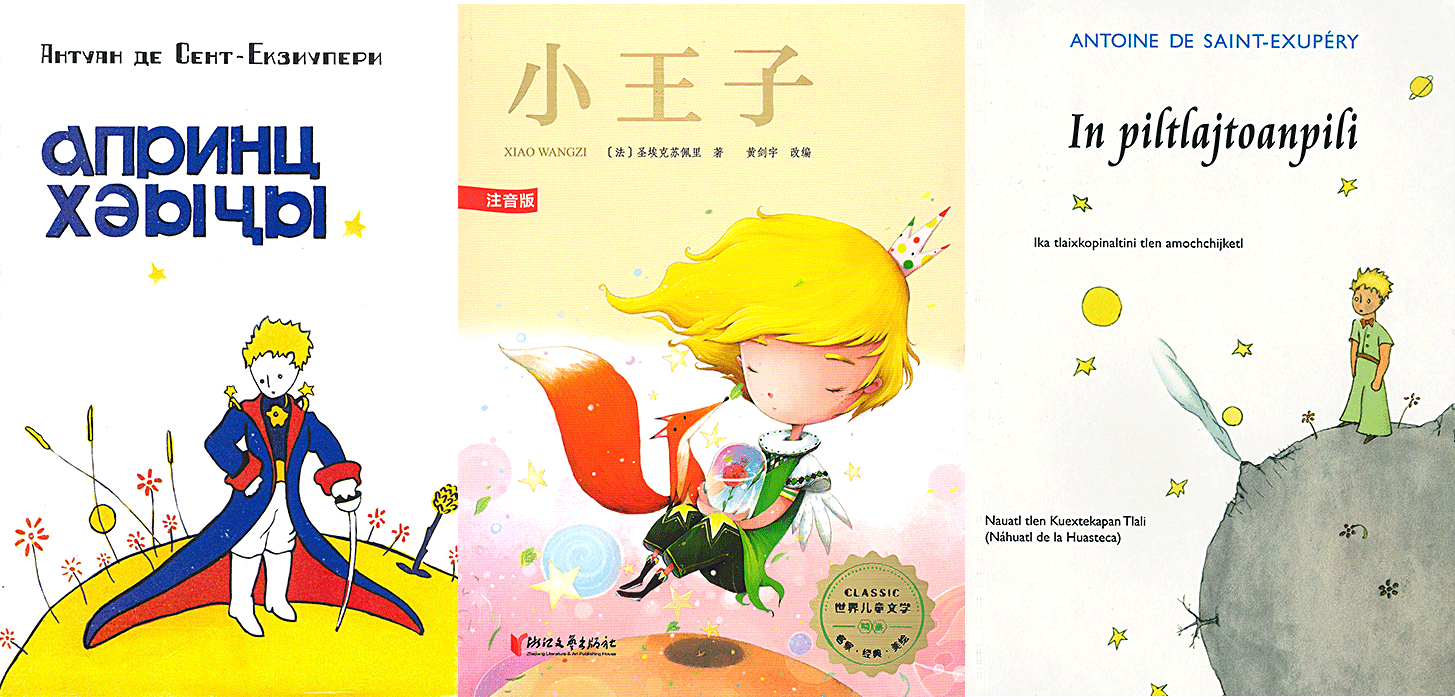Written in 1943 by French writer Antoine de Saint-Exupéry, this literary fairytale has become a classic of international literature. In the story, the little prince travels across the Earth – which he also managed to do in reality. With translations available in 446 languages and dialects, readers across the world can meet the prince in 5,755 published editions, from Abkhaz to Zulu.
Ideals with universal appeal
What made the little prince so successful? Literary critics can agree on two reasons. First, the themes and ideals that the prince grapples with in the story are universal. From shifting values in society to consumerism, wealth, humanity, friendship and love, we encounter all of these in our modern lives. Second, the book defies easy categorization. It is at once an environmental fairy tale, science fiction novella, and futuristic sketch of a humanistic world. The prince has something to say to everyone, no matter the language.
The scale of the book’s success was a surprise, however. Sales were initially slow, but after Saint-Exupéry’s death during World War II, the book met with much greater interest. The text came into the public domain 70 years afterward in 2015, leading to a boom in new translations.
A prince without his rose
Translations of The Little Prince have also been a part of preservation efforts for seriously endangered languages. From Inari Sami in northern Finland to the Uto-Aztecan language Nawat in Saint-Exupéry’s wife’s native El Salvador, translators have managed to adapt the book for languages that have very little left. Nawat, for example, has no codified dictionary and no more than 2,000 living speakers.
This presents translators with some serious challenges. The prince’s beloved rose is vital to the story – and Nawat has no word for it, as the flower was introduced to Central America by Europeans. The translation had to dodge the issue by calling the symbol “the red flower” instead. The documentary The Miracle of the Little Prince paints a sensitive portrait of indigenous translators working to bring the story to life in their own languages.

Book covers in Abkhaz, Mandarin, and Nahuatl. Find the whole “Petit Prince Collection” here.
The pioneering prince
The Little Prince is also quite special in its own right. It is one of the few works that was published in the original language and in translation at the same time – in French and English. Saint-Exupéry wrote the book while living in exile in New York City. English translations of foreign language literature were still quite rare in 1943, and the market for books in the United States remains troublesome for translations to this day. The little prince thus broke new ground for his time – becoming the little pioneer.
Cover image via Twenty20
